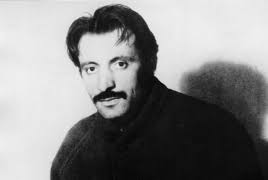
1904 - 1948
Arshile Gorky
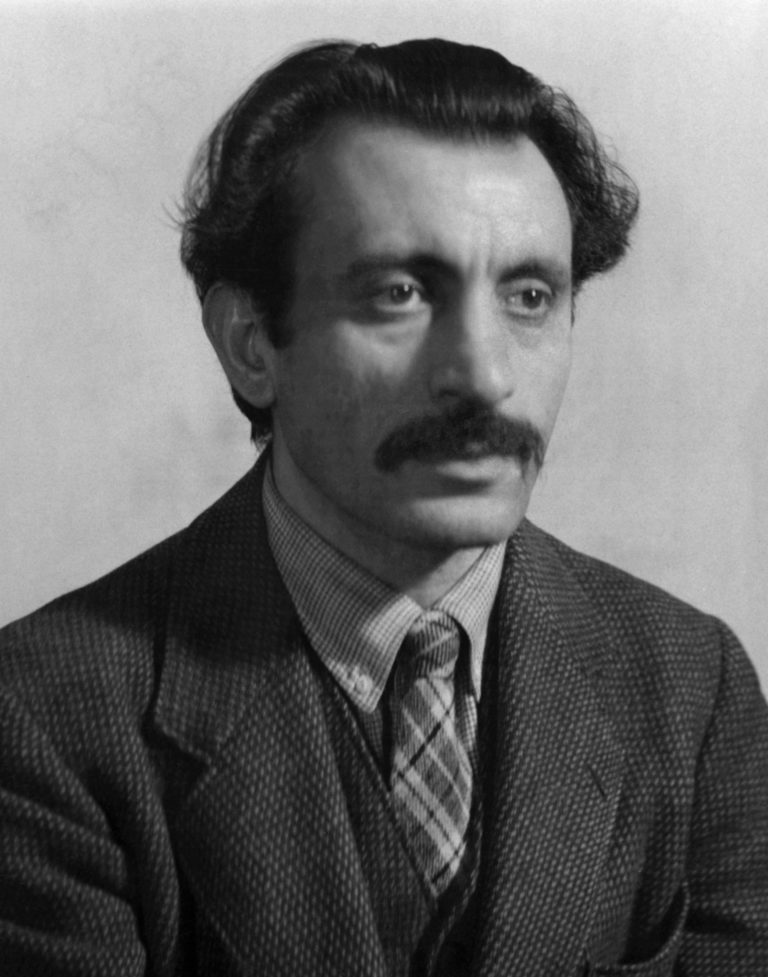
description
Arshile Gorky (his real name was Vostanik Manoug Adoian) was an American artist of Armenian descent, an outstanding artist of the USA of the twentieth century. He was a vivid representative of Surrealism and one of the founders of Abstract Expressionism, a movement that affirmed the independence and uniqueness of American fine art in the world.
Vostanik Manoug Adoian decided to change his name after immigrating to the United States, where he began a completely new life, leaving behind extreme poverty and deprivation. The greatest shock for the artist was the demise of his mother, who died of hunger in his arms in 1919. The influence of this event is noticeable in many works of the artist, especially in the portraits of his mother, the variations of which he created throughout his career.
The life of Arshile Gorky, which ended in suicide, was full of tragedy, and his personality is surrounded by a halo of mystery and secrets. The artist himself preferred to distort the facts of his biography, creating various myths about his origin, childhood and student years. These incredible inventions, however, could not overshadow his outstanding achievements in painting. The work of Arshile Gorky is a unique phenomenon that is difficult to characterize as a manifestation of one of the existing styles. It is a transitional stage between classical painting and avant-garde and had a significant impact on the development of modern painting in the United States.
Key ideas:
– The artist’s work is saturated with tragic memories and the bitterness of loss. In his works, the artist covered global themes: struggle and suffering, oppression and freedom, life and death. His paintings are difficult to attribute to one era or nation; they are rather a universal artistic expression, the experience of all humankind.
– Gorky was very proud of his Armenian origin. He often included his childhood memories about Armenia, elements of national culture and religion in his paintings. The artist said that Armenia is a great state that preserves the heritage of ancient civilizations and undeservedly dwells in oblivion and poverty.
– Unlike other Surrealists, the artist was indifferent towards the method of using the subconscious in arts. Gorky considered this a complete absurdity and often criticized artists working in this method, although he was in excellent friendly relations with many of them.
– Arshile Gorky was destined to play the important role of the link connecting European art tradition and American philosophy. While many American artists adopted European art movements and others created art that was significant and known only in their own country, Gorky became the author of a universal way of perception and expression in the world of art, understandable on all continents and in all countries.
– Taking its roots in the culture of ancient civilizations and the achievements of modern painting, the master’s art is filled with deeply personal emotions and experiences. Gorky created his mature works with the help of pure emotions, which anticipated the emergence of Abstract Expressionism and served as an impetus for its rapid development in the 1940-1950s.
1904
1914
1919
1920
1922
1924
1931
1943
1946
1948
Vostanik Manoug Adoian was born
The family was forced to flee to Yerevan

The artist’s mother died of starvation

The artist and his sister managed to move to America

Entered the New Boston School of Design
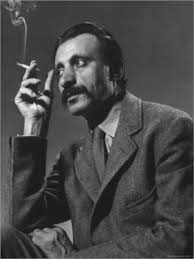
Moved to New York
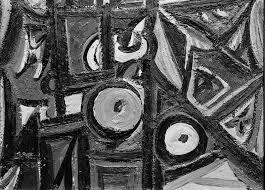
The first personal exhibition of Gorky
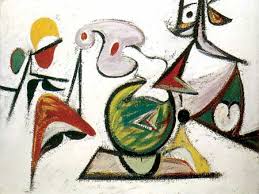
The artist spent the summer on a farm in Virginia

Many of his canvases were destroyed

Arshile Gorky committed suicide

